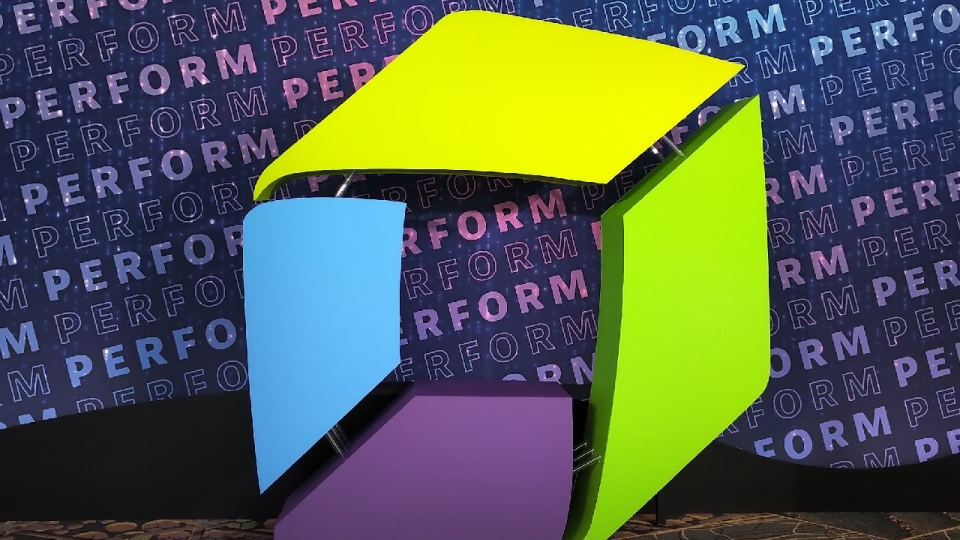
The term AIOps (artificial intelligence for IT operations) has been around for a few years now, and was originally seen as a set of technologies that use AI, machine learning, and other analytics processes to help organisations manage their IT operations.
With the advent of generative AI and large language models now driving AI processes, AIOps can now be more easily integrated into the backend workings of the enterprise, and Dynatrace is helping channel partners and end customers do it.
In Las Vegas this week, as previously reported, Dynatrace staged its annual customer and partner event Perform, and IT Europa tapped into the channel angles around it.
Steve Tack, chief product officer at Dynatrace, told us: “AIOps is still a term for it’s time, but while it’s been a long term process for us, it’s been used and abused by others.
“We’re not just trying to suppress or reduce the noise [the growing data generated by application monitoring and security monitoring], we are understanding it, and acting on that data from the large data lakes that are now being created – we are reducing the wasted learning opportunities from that growing data.”
Tack says enterprises have many different tools, and that the Dynatrace application performance management (APM) and observability platform can help them get the most out of them, as well as adding new capabilities to their business operations. We reported on some of the expanded platform capabilities launched at Perform earlier this week.
“We are part of the centre point of operations, whether in the cloud, on-premise, or part of a hybrid environment,” said Tack. “We can all get lost in the technology, but driving new services and new benefits are key. As for AI, there has to be a ‘so what, how does it affect me’.
“But the use cases are continuing to come, and I don’t see the AI wave slowing down. The business front-end is being more integrated with the operations back-end, and AI is helping this process along.”
As Sebastian Krystosik, a solutions architect at Spica Solutions, says: “Dynatrace forces you to integrate with other systems as it’s open, and that’s something you should do to get the full value from the platform.”
Spica, headquartered in Poland, and supporting local, regional and global companies in their operations, is a long-term partner of Dynatrace and sees it as “visionary” in the field.
“Some of the announcements this week don’t look spectacular right now, but they will be very important in the future in terms of delivering greater value and increasing productivity, for instance,” says Krystosik. “Dynatrace sees things well in advance when it comes to the industry’s evolving needs.”
As far as he is concerned, many other observability software options on the market are “just tools, not platforms”. “Dynatrace is still the solution to fully support business processes, the main code, and the easiest way to help build new services and products.”
It’s not surprising to find partner fans of a supplier’s technology at their own customer and partner event, of course, but it’s always interesting to speak to their biggest and best known partners too, to also get a public take.
DXC Technology is Dynatrace’s number one partner in terms of customers. Dynatrace has a total of around 4,500 customers globally, and around 700 partners to boot.
DXC manages precisely 233 of these customers, and most of them are big ones. Howard Boville, executive vice president of DXC, chimes with Krystosik: “Dynatrace has evolved from a tools company to a platform company. On the cybersecurity side we integrate with both Palo Alto Networks and CrowdStrike to provide protection to our customers, and we integrate either of these with the Dynatrace platform.”
He adds: “They’re hitting their stride in terms of making a platform offer to businesses, instead of being in a deep tech environment that not many understand – they’re now more ingrained in the business environment.”
With the platform being cross functional and cross departmental, supporting security, application resilience, and infrastructure resilience, Boville added that those choosing and deploying the platform could well see an uptick in their career.
“Being Dynatrace accredited could well be as useful as being Cisco Certified, for instance. I’ve told the company this, and it’s a message they should be getting out.”
More from Dynatrace Perform in Las Vegas to follow...


